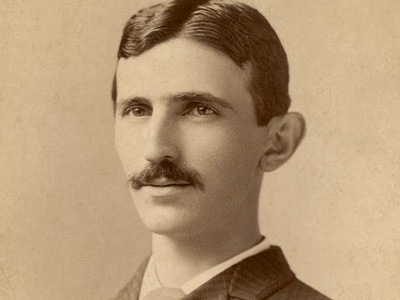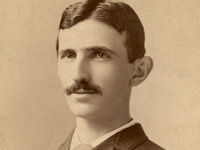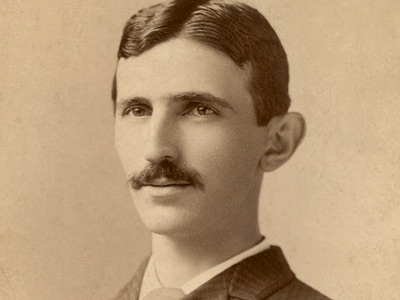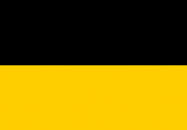Nikola Tesla (1856-1943)

Later Years
After Wardencyiffe closed, Tesla continued to write to Morgan; after "the great man" died, Tesla wrote to his son Jack Morgan, trying to get further funding for the project. In 1906, he opened offices at 165 Broadway in Manhattan, trying to raise further funds by developing and marketing his patents. He went on to have offices at the Metropolitan Life Tower from 1910 to 1914; rented for a few months at the Woolworth Building, moving out because he could not afford the rent; and then to office space at 8 West 40th Street from 1915 to 1925. After moving to 8 West 40th Street, he was effectively bankrupt. Most of his patents had run out and he was having trouble with the new inventions he was trying to develop.
Other ideas, awards, and patents
Tesla theorized that the application of electricity to the brain enhanced intelligence. In 1912, he crafted "a plan to make dull students bright by saturating them unconsciously with electricity," wiring the walls of a schoolroom and, "saturating [the schoolroom] with infinitesimal electric waves vibrating at high frequency. The whole room will thus, Mr. Tesla claims, be converted into a health-giving and stimulating electromagnetic field or 'bath.'" The plan was, at least provisionally, approved by then superintendent of New York City schools, William H. Maxwell.
Before World War I World War I, also known as the First World War, or the Great War, was a global war originating in Europe that lasted from 28 July 1914 to 11 November 1918. More than 70 million military personnel, including 60 million Europeans, were mobilized in one of the largest wars in history. The war drew in all the world's economic great powers, assembled in two opposing alliances: the Allies versus the Central Powers of Germany and Austria-Hungary. View World War I », Tesla sought overseas investors. After the war started, Tesla lost the funding he was receiving from his patents in European countries.
World War I, also known as the First World War, or the Great War, was a global war originating in Europe that lasted from 28 July 1914 to 11 November 1918. More than 70 million military personnel, including 60 million Europeans, were mobilized in one of the largest wars in history. The war drew in all the world's economic great powers, assembled in two opposing alliances: the Allies versus the Central Powers of Germany and Austria-Hungary. View World War I », Tesla sought overseas investors. After the war started, Tesla lost the funding he was receiving from his patents in European countries.
In 1917, Tesla received AIEE's highest honor, the Edison Medal.
In the August 1917 edition of the magazine Electrical Experimenter, Tesla postulated that electricity could be used to locate submarines via using the reflection of an "electric ray" of "tremendous frequency," with the signal being viewed on a fluorescent screen (a system that has been noted to have a superficial resemblance to modern radar). Tesla was incorrect in his assumption that high frequency radio waves would penetrate water. But Émile Girardeau, who helped develop France's first radar system in the 1930s, noted in 1953 that Tesla's general speculation that a very strong high-frequency signal would be needed was correct. Girardeau said, "(Tesla) was prophesying or dreaming, since he had at his disposal no means of carrying them out, but one must add that if he was dreaming, at least he was dreaming correctly."
In 1928, Tesla received his last patent, U.S. Patent 1,655,114, for a biplane capable of taking off vertically (VTOL aircraft) and then of being "gradually tilted through manipulation of the elevator devices" in flight until it was flying like a conventional plane. Tesla thought the plane would sell for less than $1,000, although the aircraft has been described as impractical.
At this time, Tesla closed his last office at 350 Madison Ave., which he had moved into two years earlier.
HISTORY

RESOURCES
This article uses material from the Wikipedia article "Nikola Tesla (1856-1943)", which is released under the Creative Commons Attribution-Share-Alike License 3.0.
© Stories Preschool. All Rights Reserved.










